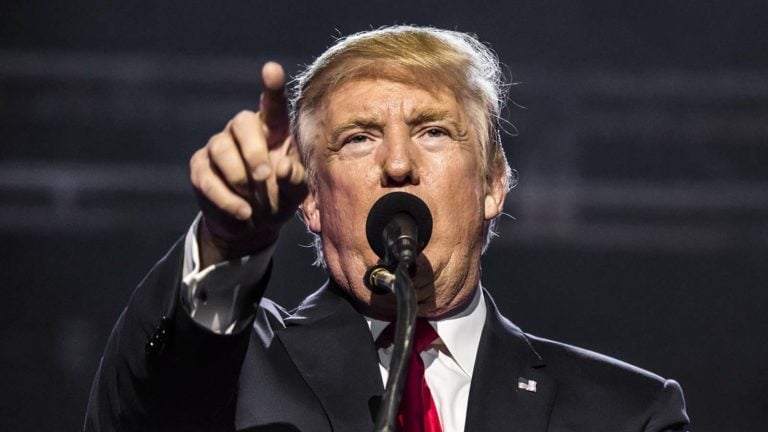All year long, one thing — Trump’s global trade war — has driven the stock market.
But this week made one thing abundantly clear: that won’t be true for much longer.
Wall Street is moving on. The trade war is becoming “old news.”
Yes, the drama will continue. Trump’s tariff agenda will generate plenty of twists, turns, and TV headlines over the coming weeks. It’ll still come up at family dinners.
But on Wall Street, it’s fading into background noise — and that’s good news for investors.
Here’s why:
Earlier this week, the U.S. International Trade Court ruled that most of the Trump administration’s 2025 tariffs were improperly enacted. The decision specifically targeted tariffs imposed under the International Emergency Economic Powers Act (IEEPA), including:
- The fentanyl-linked import duties
- The 10% baseline reciprocal tariff
- The “Liberation Day” tariffs
As a result, most of those tariffs are now dead in the water.
The immediate impact? Huge.
With those tariffs gone, the average effective U.S. tariff rate plunges from 13% to 6% — a stunning reversal that takes us right back to where we were in early 2024, before the tariff war began.

Tariff Fears Fade, Economic Headwinds Recede
Let that sink in. Just two months ago, the average tariff rate was nearly 30%. That triggered fears of soaring inflation, collapsing trade flows, supply chain meltdowns, and a full-blown economic slowdown.
Now, after a flurry of pauses, delays, exemptions, deals — and a bombshell court ruling — we’re back to a manageable 6%.
It’s like waking up from a nightmare and realizing the monster under the bed was just a coat.
Sure, the Trump administration can — and likely will — try to reimpose some tariffs under other frameworks, like Section 301, Section 232, or Section 122 of the Trade Act of 1974. But those paths are slower, narrower, and more constrained by legal caps and political optics. The White House is expected to appeal the ruling, but most legal experts expect it to hold.
So here’s where we are: plenty of trade war drama in the headlines — but a lot less real-world bite. And that’s what markets care about. Not the noise. Not the politics. Just the numbers: earnings, inflation, GDP.
According to the Federal Reserve, every 1-point increase in the average tariff rate:
- Drags GDP by 0.14%
- Lifts inflation by 0.09%
So a move from 3% to 30% implied nearly a 4-point GDP hit and a 2.5-point inflation surge — major economic damage.
At 6%, that impact drops to:
- A 0.4-point drag on GDP
- A 0.3-point bump in inflation
In other words, a rounding error.
The economy can absorb that, especially with:
- Surging investment in tech infrastructure
- Strong labor market growth
- Resilient consumer demand
Even if tariffs edge back to 8% or 10%, the macro hit will be modest. More importantly, thanks to new legal constraints, any changes will be incremental, not sudden. That’s the predictability Wall Street needed — and now has.
So while the trade war narrative might linger on cable news, its power to rattle markets is gone. That’s a green light for stocks.
And just look at where investors are turning…
The real engine now is artificial intelligence. Nvidia (NVDA) just reminded us why.
AI Is the New Market Driver — Not Tariffs
The chip giant crushed earnings expectations again, showing demand for AI compute is still on fire. The company is guiding for $45 billion in next-quarter revenue. According to Wedbush, that could unlock $360 billion to $450 billion in downstream economic impact across the AI stack — thanks to an 8x to 10x multiplier on AI chip spending.
That’s the action. That’s the opportunity. That’s where smart money is flowing.
Because let’s face it: what’s more lucrative — worrying about tariff litigation or investing in agentic AI, humanoid robotics, self-driving cars, and enterprise software automation?
The answer is obvious.
Bottom line: the trade war story isn’t over, but it’s no longer the main event. The court ruling changed the game. Tariff risk is now slower, narrower, and more predictable — and the market likes that.
In 2025, growth means AI. Nvidia made that clear. So while headlines keep spinning the tariff story, savvy investors are already chasing the real growth story: technological transformation.
That’s the story. That’s the opportunity. That’s where we’re focused.
Click here to explore the AI investments we’re tracking right now.

